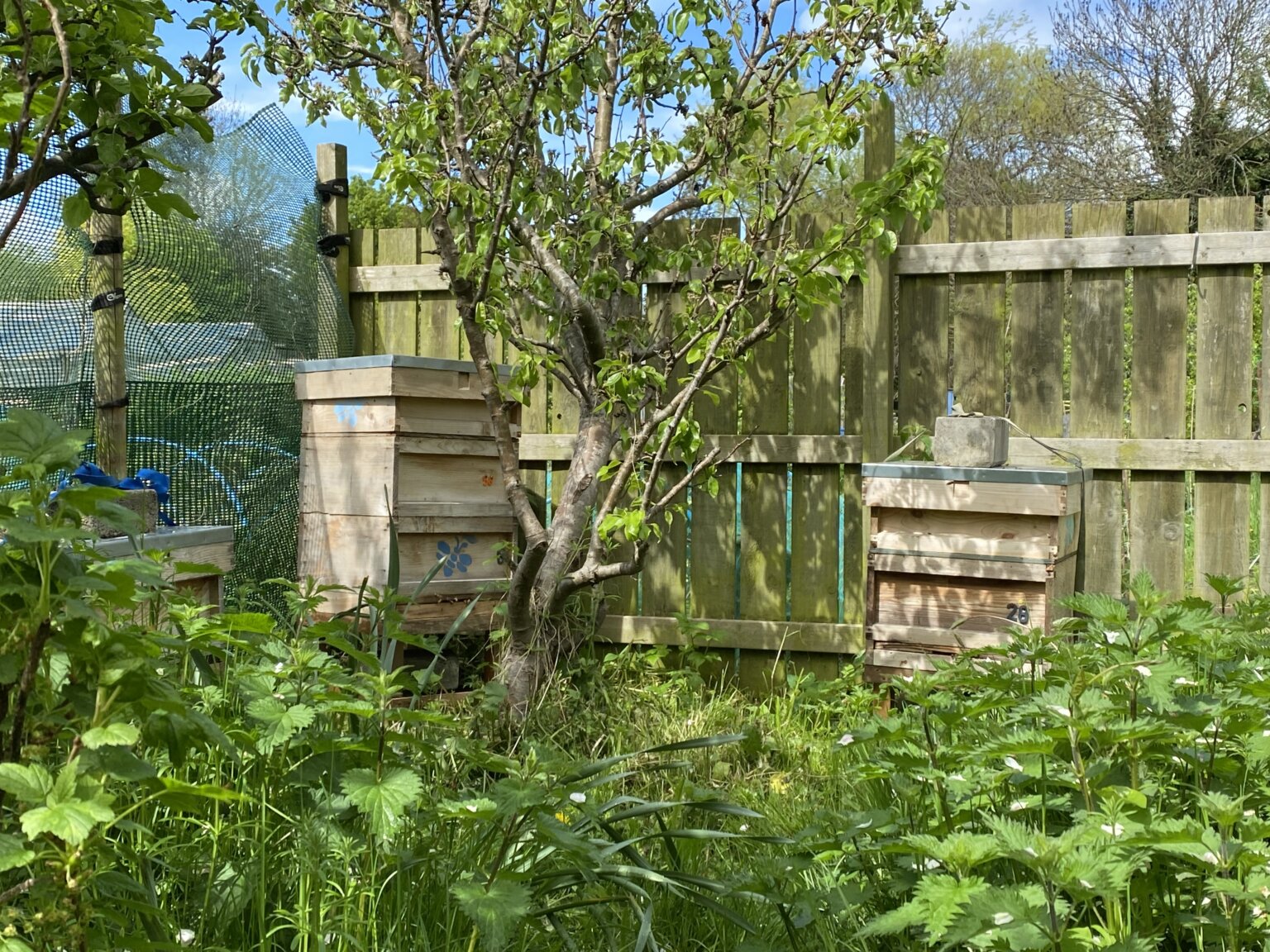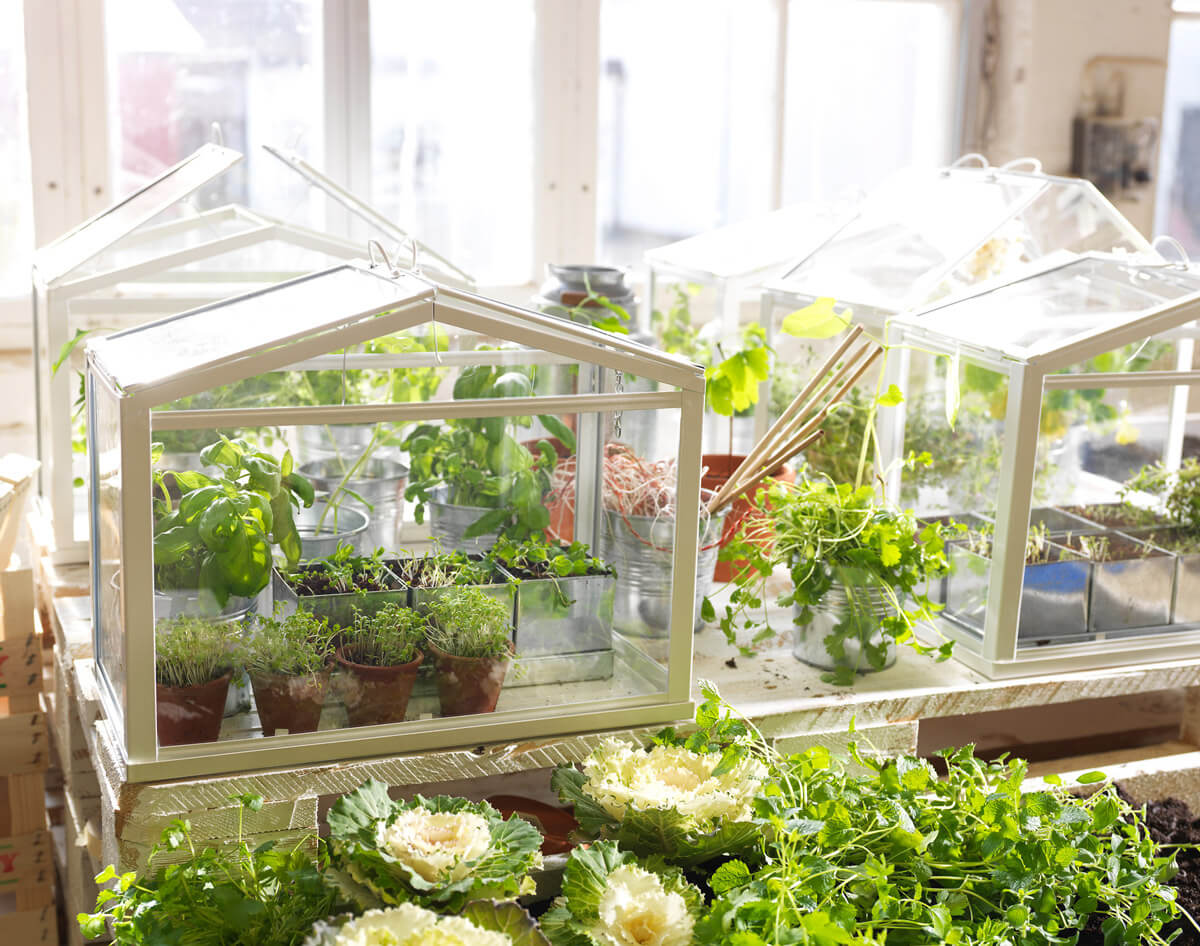Apiary Planting Guide: Grow Thriving Bee Gardens Step-by-Step

Transforming your outdoor space into a buzzing apiary paradise isn’t just an act of planting—it’s an engineered ecosystem, an architectural marvel of nature designed to sustain and amplify bee health, productivity, and biodiversity. As someone who’s combined engineering precision with ecological passion, I’m thrilled to guide you through a comprehensive blueprint that will elevate your bee garden well beyond the ordinary.

Here's where The Engineered Apiary Landscape: Crafting Bee Gardens with Architectural Precision
Apiary planting is more than scattering flowering plants; it’s about orchestrating a living system optimized for pollinators’ physiological needs, behavioral patterns, and environmental variables. Imagine designing a microcosm where each plant species acts like a module in an integrated network—each bloom strategically timed and placed to minimize bees’ energy expenditure while maximizing nectar and pollen output.
This approach applies architectural insights—zoning plant groups by bloom schedules (phenology zoning), layering vertical structures (from ground covers to shrubs and trees), and engineering water features that mimic natural hydration niches. You've got this, your bee garden becomes a spatial puzzle solved through ecology-infused design principles ensuring sustainable hive vitality.
1. Foundations: Why Engineering Your Bee Garden Matters
Pollinators operate on precise rhythms dictated by flower availability, climate cycles, and resource quality. A failure to align these elements results in forage gaps that ripple into colony stress or mortality—a problem I first encountered myself when starting my apiary in 2017.
Initially, my haphazard planting led to early-season bloom bursts followed by desolate patches mid-summer. Hive strength plummeted despite my care until I integrated phenological mapping tools like the USDA Plants Database alongside local bloom calendars. This shifted my understanding—once I thought “more flowers” was enough but quickly learned that timing and spatial arrangement are equally critical.
The takeaway: engineering your apiary landscape means measuring twice, planting once with detailed data guiding every decision—from site microclimate analysis to soil nutrient tailoring.
2. Deep Dive Into Apiary Planting Engineering Principles
2.1 Phenology Zoning for Continuous Bloom Flow
Using detailed regional bloom chart datasets (for example: USDA PLANTS, Xerces Society resources) construct your garden’s timeline from early March through November if you’re in temperate zones. Break your planting area into distinct zones focusing on:
- Spring Initiation Zones: Willow (Salix spp.), Crocus varieties appearing as early nectar flags.
- Summer Core Zones: Echinacea purpurea beds paired with clover clusters arranged so bees can switch between pollen-heavy and nectar-heavy plants within meters.
- Fall Sustenance Zones: Asters interlaced with Sedum providing vital late-season carbs when bees bulk up before winter.
By zoning this way—and staggering bloom times within zones—you ensure no downtime for forage availability.
2.2 Mass Planting & Spatial Architecture
Imagine the flight path of a worker bee: energy spent flying between flowers subtracts from hive efficiency significantly over time. Mass planting reduces transit distances dramatically.
Implementation Tip: Cluster same-species plants in groups of at least 25 individuals per patch minimizing scattered singletons which waste energy — think of it as creating “forage superblocks” similar to urban planning for humans optimizing walking distance between amenities.
Further apply vertical layering:
- Ground layer: Wild strawberries or low-growing thyme
- Mid-layer: Clover, wild bergamot
- Understory shrubs/trees: Serviceberry (Amelanchier), crabapple
This stratification mimics forest architecture allowing diverse pollinator species access tailored per their morphological capabilities (e.g., long vs short proboscises).
2.3 Soil Engineering for Nectar Quality Optimization
Mycorrhizal fungi inoculation is a game-changer here—years ago I observed increased nectar sugar concentration in Echinacea where fungal networks were healthy compared to sterile plots. This symbiotic microbiome promotes nutrient uptake enhancing floral reward quality—critical because nectar richness directly influences bee flight endurance and brood success rates.
Perform soil tests measuring pH (~6–6.5 ideal), phosphorus (P), potassium (K), calcium (Ca) levels then amend accordingly using organic inputs:
- Compost tea weekly during growing season
- Rock phosphate if P deficient
- Lime applications adjusting acidity
Raised beds also mitigate waterlogging risks helping root oxygenation critical for sustained flowering vigor under variable weather conditions.
3. The Precision Apiary Setup Workflow
Let me share the workflow I use when designing new apiaries:
Step A - Microclimate Mapping:
I deploy handheld light meters logging solar exposure throughout a day at multiple points; I combine this with moisture sensors buried at root depth levels (~15cm). Rainfall data comes from nearby weather stations cross-referenced monthly reports ensuring water budgeting aligns with irrigation plans if needed.
Step B - Optimal Hive Placement:
From an engineering standpoint hive placement is key for airflow management reducing moisture buildup inside boxes causing mold/yellow sugar contamination issues common in shaded setups.

I position hives facing east/southeast capturing morning sun warming bees early while sheltering them from prevailing afternoon winds using hedgerow windbreaks composed of fast-growing native shrubs like elderberry (Sambucus canadensis). Such windbreaks don’t only protect but provide extra forage!
Step C - Sequential Plant Installation Plan:
I organize plantings by tiers:
- Hardscape foundation: Paths made from permeable materials such as wood chips or porous gravel prevent soil compaction around roots.
- Water feature installation featuring pebble-lined shallow basins providing safe landing spots avoiding drowning risk.
- Staged sowing following bloom chronology:
- Early Spring bulbs planted preceding herbaceous seed sowings,
- Shrubs installed last after initial ground cover establishment protects roots during transplant shock.
4. Common Engineering Pitfalls & How To Avoid Them
Here’s what my own trial-and-error taught me plus how you sidestep those common traps:
| Problem | Engineering Cause | Corrective Action |
|---|---|---|
| Intermittent Forage Availability | Poor bloom sequencing across seasons | Use phenology software tools + succession planting |
| Bee Flight Fatigue | Dispersed plantings increasing flight time | Design mass flowering clusters reducing distance |
| Nectar Toxicity | Inclusion of ornamental toxic species | Verify toxicity via Xerces Society lists pre-purchase |
| Soil Compaction | Heavy foot traffic near beds | Build dedicated perimeter pathways relaying traffic away |
Remember: In every failure lies feedback loop towards improvement! My second apiary yielded triple honey harvest after redesigning plant layout based on these lessons alone!
5. Next-Level Apiary Tech Integration & Monitoring
To engineer resilience long term integrate technology solutions empowering dynamic management decisions:
Digital Bloom Calendars & GIS Mapping
Using QGIS software layered with local botanical survey data allows you to visualize spatiotemporal flower coverage down to square meter resolution—a powerful planning tool enabling exact planting adjustments year-over-year adapting to climate shifts or invasive pressures.
Hive Health Sensor Networks
Deploy temperature/humidity sensors inside hives communicating via IoT platforms give real-time alerts on abnormal fluctuations signaling stress before visible symptoms appear—empowering timely interventions aligning precisely with external forage conditions logged by your garden monitoring apps like BeeSmart Pollinator App.
6. Resource Arsenal For The Technical Apiarist
Essential Tools & Platforms:
- Xerces Society Native Plant Database: Your goldmine for vetted region-specific pollinator-friendly species ensuring correct ecological matches.
- USDA Plants Database API Access: Engineers can program custom queries extracting phenology data supporting automation pipelines feeding digital bloom calendars.
- Soil Test Kits + Handheld Multiparameter Probes: Inexpensive yet accurate devices enabling smart fertilization planning avoiding harmful excesses.
- BeeSmart Pollinator App + QGIS Desktop Software Integration enabling field observations be geospatially linked transforming raw data into actionable insights instantly.
Seed procurement? Prioritize nurseries guaranteeing pesticide-free stock verified via certificate audits—like Prairie Moon Nursery providing batch traceability minimizing contamination risks sneaking into seedlings otherwise devastating hive health unseen until too late!
7. Real World Architectures That Inspire
Two inspiring projects stand out vividly from my professional journey working alongside conservationists and commercial growers alike:
Case Highlight #1 – Maryland Mixed Orchard Apiary
They engineered orchard rows alternated with buckwheat wildflower strips integrated beneath solar arrays creating multifunctional landscapes offering shade modulation while maximizing late summer forage diversity—with comprehensive microclimate sensors informing adaptive irrigation schedules reducing water use by up to 30% without compromising floral abundance!
Case Highlight #2 – London Rooftop Urban Apiary Structure
The challenge was shallow substrate depth limiting plant choices; solution involved modular raised beds utilizing lightweight substrates mixed with biochar improving drainage/nutrient retention paired with drip irrigation controlled via smartphone app remotely managing watering cycles precisely preventing overwatering-induced root issues that often plague urban gardens hindering flower longevity under stressful heatwaves amplified by city heat islands effects…
Both examples underscore how marrying engineering ingenuity with ecological frameworks creates resilient thriving apiaries regardless of constraints!
Final Thought: Your Apiary Is An Ecosystem Architecture Masterpiece In Progress
Every plant seated thoughtfully, every hive positioned intentionally, every soil amendment calculated scientifically—the whole operates as one living structure sustaining not only bees but enriching biodiversity rippling outward into agroecosystems or urban green spaces amplifying ecosystem services exponentially!
Starting may seem daunting but step-by-step implementing this guide turns complexity into mastery cultivating bee landscapes humming vibrantly season after season — your foundational contribution toward global pollinator conservation wrapped beautifully in technical expertise married lovingly with natural artistry!
Reach out anytime! Sharing knowledge fuels collective success—you’re now equipped like never before making your garden the beacon for pollinator prosperity everywhere around you!
Buzz onward boldly! 🐝🌼✨



